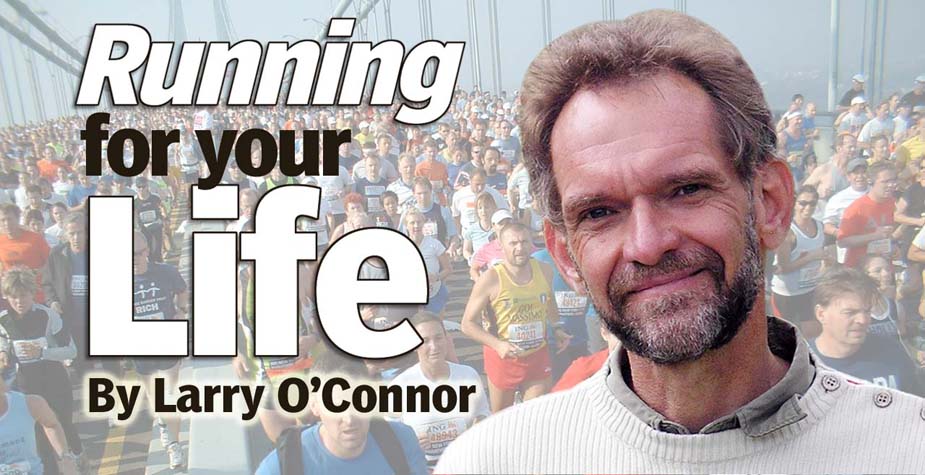No, I haven’t gone out in them yet. My December shorts. But
it’s been close but no.
The main reason for that: I’m still struggling with a wonky
knee. More on that later. Much later. As in, not in this post.
Has time sped up for everybody? Or is it just me? I literally
cannot believe that today (Dec. 28) is, well, today, as in the fourth last day of
2015.
If you are looking for some holiday reading, here’s what I’ve
liked in December: Shakespeare’s Dog by Leon Rooke, House of the Seven Gables
by Nathaniel Hawthorne, and Beatlebone by Kevin Barry. I’m currently reading and,
loving, the short detective novel Equal Danger by the Sicilian writer Leonardo
Sciascia.
Didn’t score big on the movie front this month. Saw Brooklyn
and Spotlight. They weren’t Birdman. Made me think that I’d like to make a
movie called Owen Sound. In fact, all hometowns should be made into movies. It
would beat Netflix.
We have a radio. My wife, M, wanted one for Christmas. The
only gift she asked for. I had a shortwave radio sitting unused on a basement shelf since we moved to our home in 1992. I bought it for $400 in 1986
and used it during my years at the Windsor Star newspaper where I worked as the
assistant night editor for most of that time. The shortwave dial was shot, but
one day in early December I picked it up, thinking that the FM and AM dials may work perfectly fine. It was worth a try, anyway. I took the radio up into the kitchen and plugged it in,
pulled the antenna out to its maximum length, and sure enough it worked like a
charm. When M came up from her home office, she found her Christmas present – and has
been inordinately pleased with it through the following days of December. It
was the only gift she received, one she says she will never forget.
Next: Running for
Your Life: Resolution Rumblings
